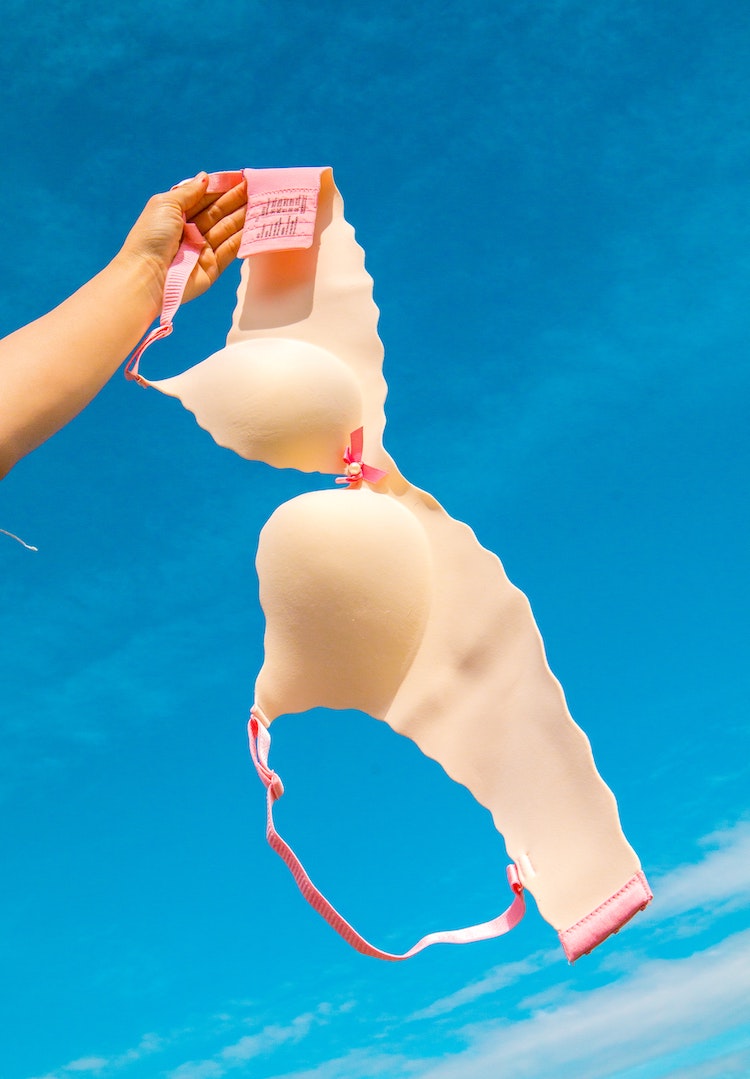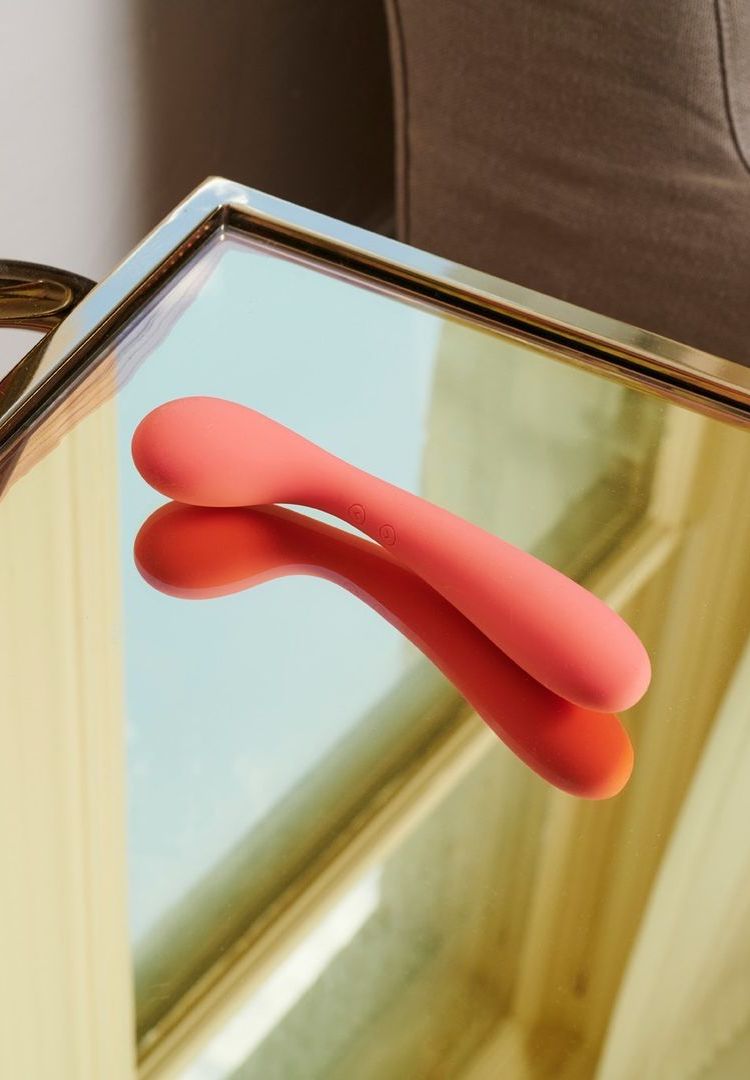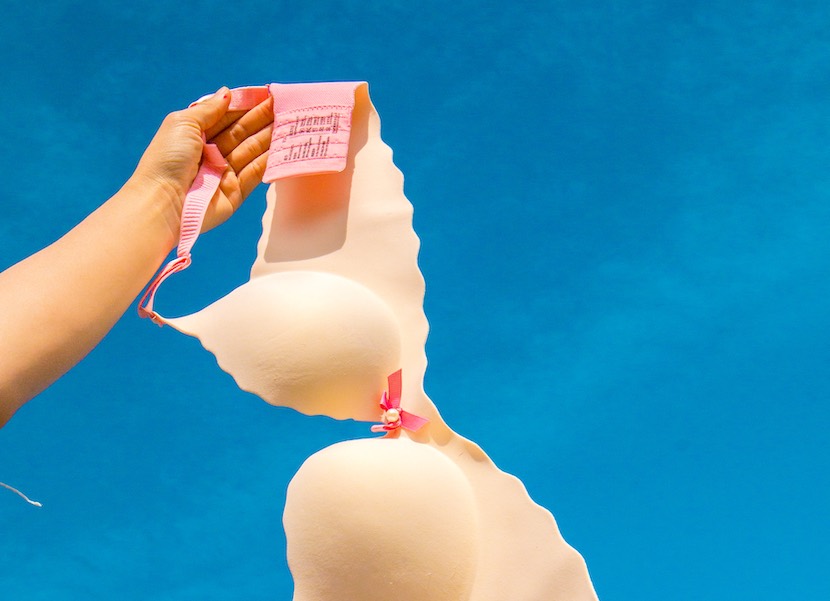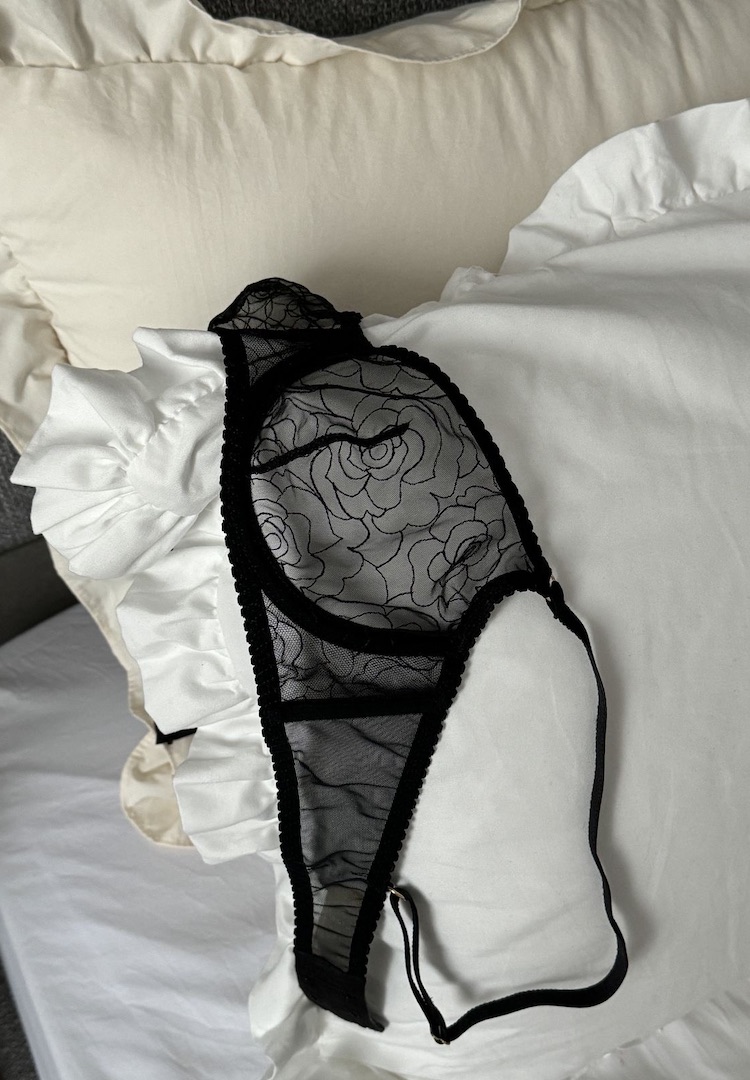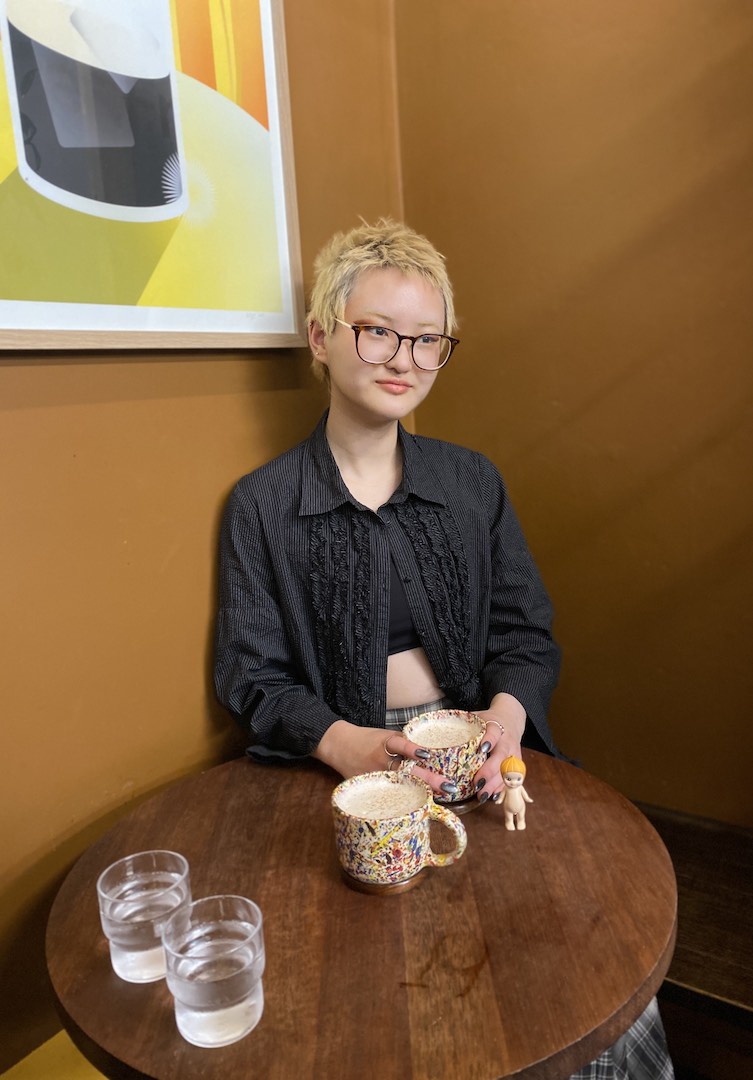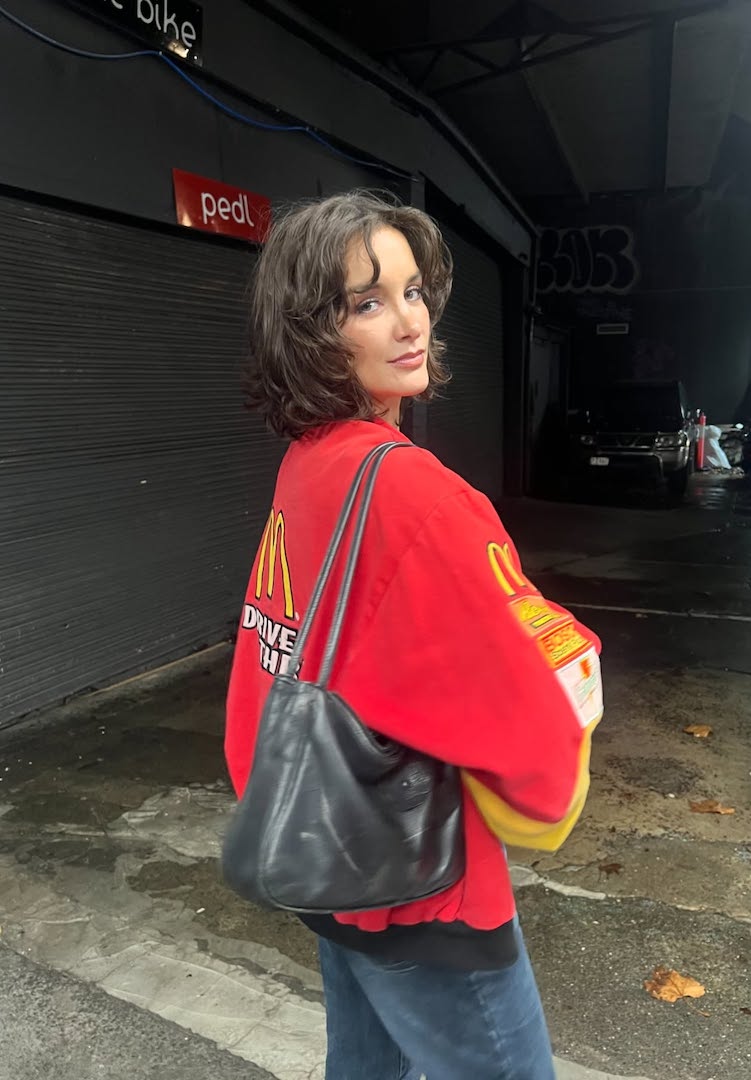What does breast reduction surgery actually involve?
Words by Daisy Henry
All your burning questions answered.
Having spent my teen years trying on push-up bras and brushing bronzer on my chest to create the illusion of cleavage, I initially couldn’t understand the pain my friends experienced having large boobs.
Growing up I thought a large chest was the best attribute a woman could have – femininity and sexiness were viewed through a male gaze and were usually associated with having double D breasts. I’d always felt undesirable when gazing down at my B cups in comparison.
Interested to hear how others navigate the world? Head to our Life section.
Although I didn’t initially understand how it could ever be a problem, I’ve come to learn through my friends’ experiences that having large breasts can cause a lot of discomfort. From severe back and neck pain to needing custom-made bras and being hypersexualised, having big boobs can come with its own set of challenges.
Also known as reduction mammoplasty, a breast reduction is a procedure that some people undergo as a way to reduce their breast size. While some women may not experience any problems with having a larger bust, breast reductions are a way for women who do suffer to resolve issues relating to chronic pain, self-image and quality of life.
But women are constantly held under a microscope when it comes to body and beauty standards, and some tend to dismiss breast reduction surgery as being symptomatic of women’s vanity. But in a time where women’s autonomy is aggressively under threat, the ability to make decisions about your body is vitally important.
In order to learn more about what’s involved in having a breast reduction, I turned to Melbourne-based plastic and reconstructive surgeon, Dr Marion Chan.
Why do some people undergo breast reduction surgery? Do you need to have back problems to be eligible?
“[Some of my patients] want a breast reduction because they feel really uncomfortable within themselves. They feel that their breasts are really big, and they get in the way of their normal daily activities,” Dr Marion explains. “More often than not, they come into the room telling me that they can’t find a proper bra that fits them, and if they do find one, [it’s] awfully expensive to get extra, extra large sizes. [Many also] struggle to exercise properly.
Aside from practicality and aesthetic reasons, pain is the main reason patients seek a reduction in their breast size. “I would say almost 100 per cent of patients [that come in] seeking a breast reduction operation will have neck, shoulder, and back pain… [and] that’s one of the main criteria for being eligible for Medicare or a health fund rebate,” Dr Marion shares. “They also have to have sought treatment from conservative means, such as a physio, that has failed for them to qualify.”
Is there an age limit?
“It’s certainly a mixed bag of patients,” Dr Marion says, telling me she’s had patients who were in their teens, up to a lady in her 70s. “I don’t impose a certain age [on] them, but if they’re under the age of 18, they become a responsible minor and they do need a responsible adult, guardian or parent with them in order to proceed,” she says.
“It’s obviously done on a case-by-case basis and discussion between myself, the patient and their legal guardian as to how necessary this procedure is because of how much it’s affecting their quality of life.”
What’s the main difference between having a breast reduction via the public or private system?
“The difference between a public hospital and a private hospital is that in a public hospital, we have a surgeon that will be working in a team with other training plastic doctors, and the patient comes in and has their operation with that team of staff,” Dr Marion explains.
In the public system, Medicare can cover the cost of surgery, but only when it’s deemed medically necessary (rather than for ‘cosmetic reasons’). “Because this is a non-urgent, category three operation compared to other cancer-type operations that we have to do in the public system, they often have to wait a very long time before they can access it.
“On top of that, in the public system they must have stopped smoking if they’re a smoker [and] need to satisfy a body mass index of 30, which is extremely strict.”
If patients have the means to opt for the private route, they are looked after by a specialist surgeon who will do the procedure without any trainees, and who they will have post-operative, one-on-one visits with.
How much does it cost?
“In the private system, if there is an item number such as a breast reduction item number, the patient will pay an out-of-pocket fee to the surgeon doing the procedure and looking after them post-operatively, an anaesthetist out-of-pocket fee [and] hospital fees as well,” Dr Marion tells me.
“The variability in costs then comes into play because different surgeons charge different rates… but between the anaesthetist’s costs and the surgeon’s fees, there will be a rebatable portion from either Medicare if the patient is not insured, or through their health fund, if they are insured,” she says.
All up, the price range can be extremely varied. “If they are privately insured, they may be looking at something anywhere between $4,000 all the way to beyond $12,000.”
How long does recovery take?
The procedure itself can take anywhere between two to four hours, and often involves an overnight stay in the hospital. Dr Marion’s patients are also provided with two compression bras that help maintain shape and reduce swelling, which they are required to wear for six weeks, full-time day and night.
“Once they get home, they will be able to walk around the house and maybe around the block… but nothing that’s going to make them sweat too much under the dressings,” Dr Marion says. “Patients will be able to drive at about the one-week mark [and can] go back to work in around two weeks.”
Dr Marion sees her clients post-operatively at the one and two-week marks to check that everything has gone smoothly. “We then see them at the six-week mark, three months, six months, 12 months, and then yearly after that until they get sick of us…. But by six weeks, they should feel pretty good.”
Are there any misconceptions people have about breast reduction surgery?
“I’m really interested in protecting women’s rights and making sure that they’re always seeking help if they feel the need to seek help and to not be shy about it,” Dr Marion tells me, explaining she has many women coming in and feeling self-conscious about being seen as vain.
“[Many people] think that having a breast operation means that they’re vain because it’s associated with plastic surgery… [But] it’s a functional operation that aims to improve a patient’s quality of life. It’s definitely not about being vain.”
For more on breast reductions and commonly asked questions, head here.


